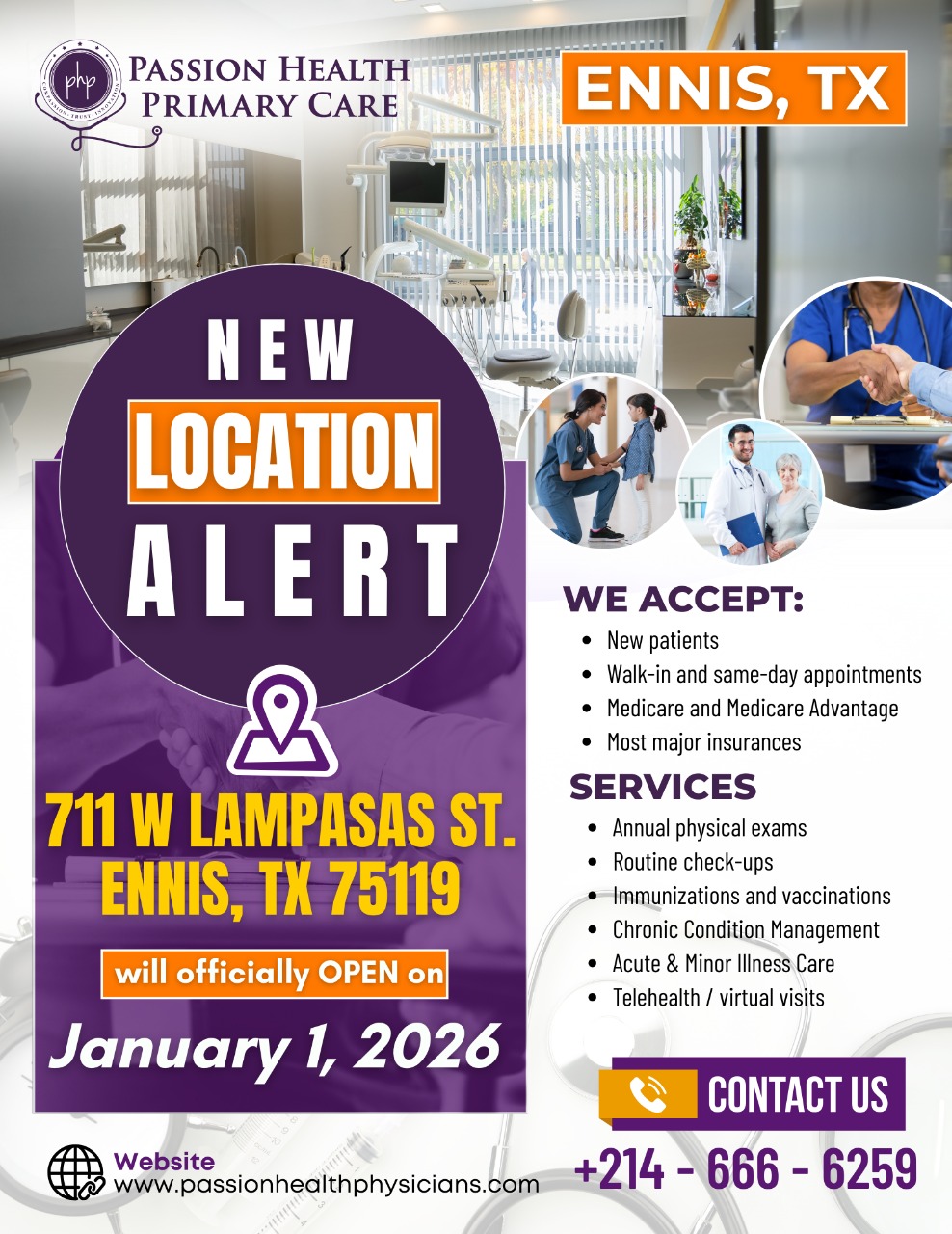We’ve all heard the term “heart attack” used seriously—and sometimes jokingly—but what actually happens during a heart attack? Understanding this condition is crucial, as heart disease is the leading cause of death worldwide.
What Happens in a Heart Attack?
A heart attack, or myocardial infarction, occurs when blood flow to the heart is blocked or severely restricted, depriving the heart muscle of oxygen. This typically happens due to a buildup of fatty deposits like cholesterol in the coronary arteries—a condition known as atherosclerosis.
When blood can’t reach the heart muscle, the tissue begins to die. Quick treatment is critical to limit damage and save your life.
What Are the Symptoms of a Heart Attack?
Recognizing the early signs of a heart attack can be life-saving. Common symptoms include:
- Chest pain, tightness, or pressure (often described as a weight on the chest)
- Cold sweats
- Fatigue or sudden tiredness
- Nausea or vomiting
- Shortness of breath
- Pain in the arms, neck, jaw, back, or stomach
- Lightheadedness or dizziness
Important: Not everyone has the same symptoms. Women, in particular, may experience more subtle signs like extreme fatigue or nausea without chest pain.
What Should You Do If You’re Having a Heart Attack?
If you or someone around you may be having a heart attack:
- Call 911 immediately.
Don’t wait—every minute counts. - Take nitroglycerin if prescribed.
- Chew and swallow aspirin (only if advised by your healthcare provider), as it can help prevent blood clotting.
If the person becomes unresponsive:
- Check breathing and pulse.
- Begin CPR immediately if there’s no breathing or pulse:
- If trained, perform both chest compressions and rescue breaths.
- If untrained, do hands-only CPR (just chest compressions) until help arrives.
How Can You Reduce the Risk of a Heart Attack?
Thankfully, many heart attack risk factors are within your control. These lifestyle habits can help reduce your risk:
- Quit smoking and limit alcohol intake
- Eat a heart-healthy diet (low in saturated fats and high in fiber)
- Exercise regularly
- Manage chronic conditions like high blood pressure, diabetes, and high cholesterol
- Maintain a healthy weight
- Reduce stress through mindfulness, therapy, or relaxation techniques
- Get regular checkups with your primary care provider
Heart Attack vs. Cardiac Arrest: What’s the Difference?
While people often confuse the two, a heart attack is caused by blocked blood flow to the heart, while cardiac arrest happens when the heart suddenly stops beating. Cardiac arrest requires immediate CPR and defibrillation.
When to See a Doctor
If you’ve experienced chest discomfort, unusual fatigue, or other symptoms listed above, it’s important to talk to your doctor. Regular preventive screenings and cholesterol or blood pressure checks are vital—especially if you have a family history of heart disease.
At Passion Health Primary Care, we can help you monitor your heart health and refer you to a specialist when needed.
If you’re looking for a primary care physician in Plano, Irving, Coppell, or Frisco, call us at 214-666-6259 or schedule an appointment online.
FAQs About Heart Attacks
Q: Are heart attacks always sudden?
A: Not always. Some people experience symptoms gradually over hours or even days.
Q: Can young people have heart attacks?
A: Yes, especially if they have risk factors like obesity, diabetes, or a family history of heart disease.
Q: Are heart attacks preventable?
A: Many are. Lifestyle changes and regular medical checkups significantly lower your risk.
Q: Can anxiety mimic a heart attack?
A: Yes, anxiety or panic attacks can cause chest pain and shortness of breath, but only a doctor can determine the cause.






